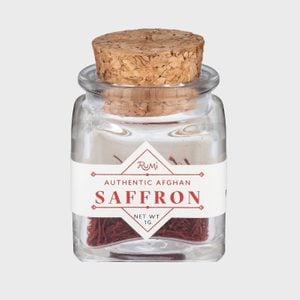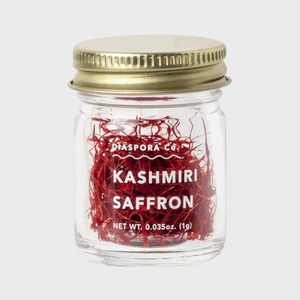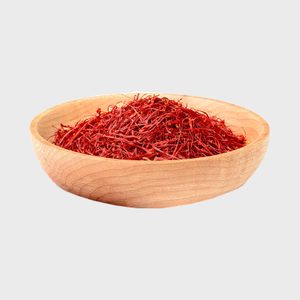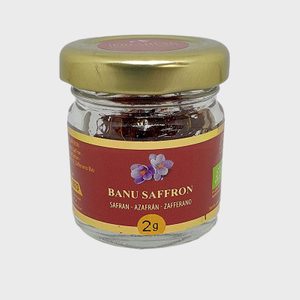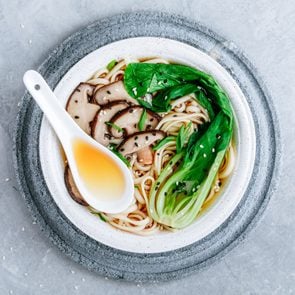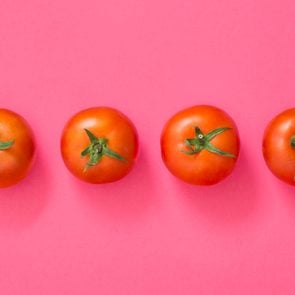Is saffron really more expensive than gold?
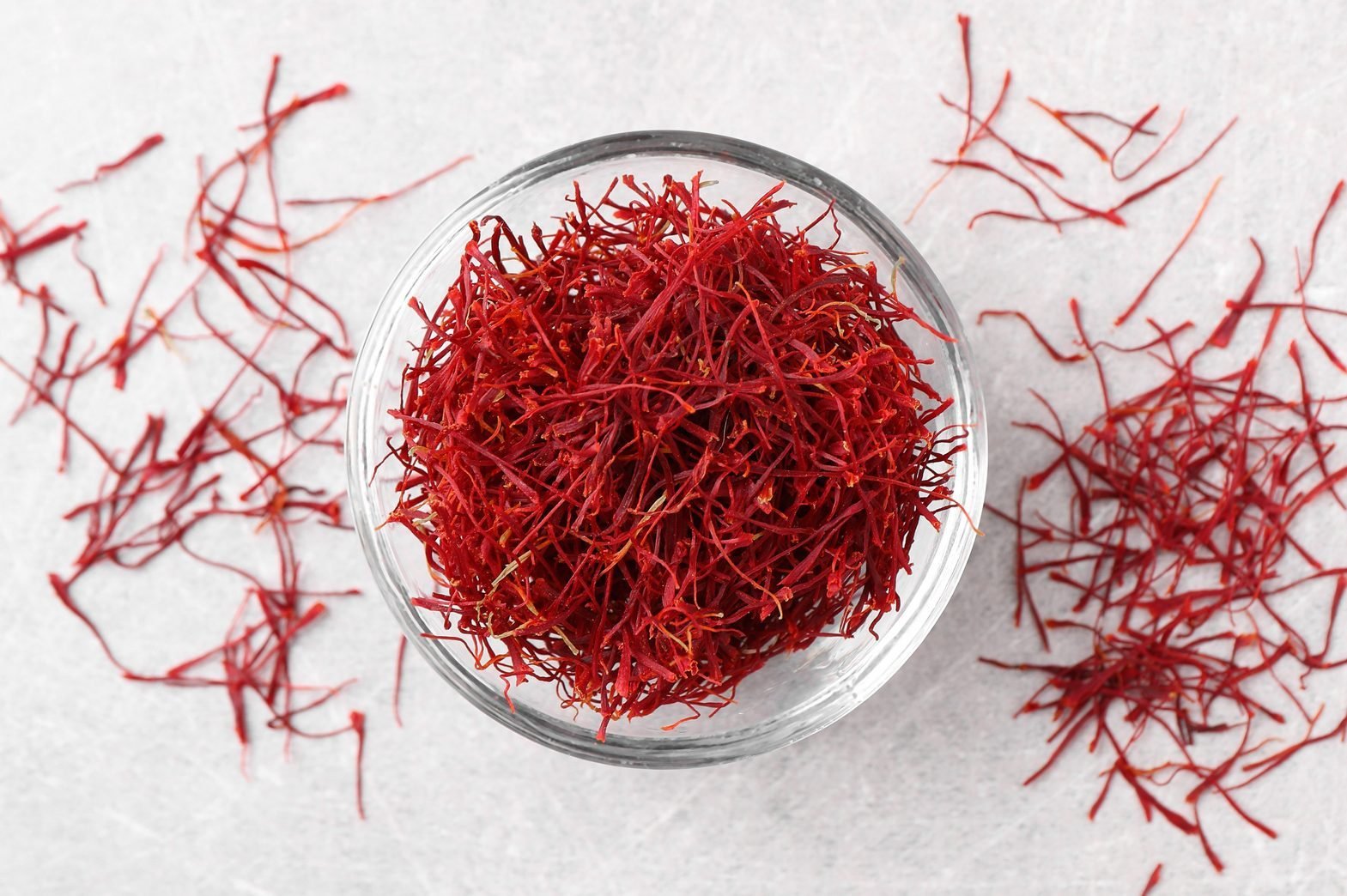
Why Is Saffron So Expensive?

Saffron has been one of the world’s most prized spices for thousands of years, used by ancient empires to dye clothing, scent perfume, and flavor food. Alexander the Great added it to his baths to help heal battle wounds, as did Cleopatra, whose daily saffron-infused mare’s milk bath was said to have enhanced her legendary beauty. It’s unlikely any of us will be able to test this piece of food fact trivia ourselves—it’d cost hundreds of dollars to draw a single saffron bath. Which begs the question: Why is saffron so expensive exactly?
Saffron is the rarest, most expensive food on earth—more valuable than caviar, truffles, premium vanilla beans, real Japanese wasabi, and any other luxury food you can think of. There have been periods in history when saffron, by weight, was even more expensive than gold! Read on to find out why saffron is so expensive and why it’s worth every penny.
Why is saffron so highly prized?
Don’t count this spice as an overpriced grocery store item. There’s a good reason saffron is so expensive.
Saffron threads are the stigmas found in the center of the Crocus sativus, a purple flower in the Iris family that’s better known as the saffron crocus. There are only three of the orange-yellow stigmas in each flower, which means it takes a lot of flowers to make a little bit of saffron. Each pound of saffron contains between 15 and 20 thousand stigmas. If you were to grow your own saffron, you would need 75 thousand of these flowers to get a single pound!
But that’s not the only reason why saffron is so expensive. The flowers are very delicate, and the only way to properly remove their saffron threads is to pluck them by hand. It’s so delicate, in fact, that if the saffron threads aren’t picked shortly after the flowers have bloomed, they’ll wilt and become unusable. It takes about 370 to 470 hours of labor to harvest one pound of saffron.
On top of being delicate, saffron flowers aren’t the easiest to grow. They can’t be exposed to too much sunlight, can’t be overwatered, and don’t fare well in cold weather; even a single day of frigid temperatures can be enough to destroy an entire crop.
Saffron flowers are planted in the summer and are ready to harvest in mid to late autumn. When it’s time to harvest, the saffron threads must be plucked shortly after sunrise to prevent them from being damaged by the heat of the midday sun.
Add all of that together, and the answer to “why is saffron so expensive” becomes stunningly clear. It also helps explain why you might find a gram of saffron going for $7, $15, and even more. The spice’s distinct, hard-to-describe flavor makes the cost worth it. That said, if you can’t shell out the cash for saffron threads, try a spice blend that incorporated saffron for a fraction of the cost.
Where does saffron come from?
Historians believe that saffron crocus flowers are native to Asia Minor and the lands around the Mediterranean Sea and that they were first domesticated as a crop in either what is now modern-day Iran or on the southwestern islands of Greece.
Once it became used as a spice, saffron was spread across the globe by traders, explorers, and expanding empires. These days, it’s used in everything from chicken and curry to risotto and paella.
Today, the majority of saffron is grown in Iran, India (birthplace of chai tea), Spain, and Greece. Of the 300 tons of saffron harvested each year, about 90 percent is grown in Iran.
But the world’s finest—and most expensive—saffron comes from the Indian state of Kashmir. It can sell for over $1,500 a pound. (Yes, for real.) As expensive as it already is, the price of Kashmiri saffron will likely become even costlier in the future, thanks to climate change.
High temperatures, droughts, and extended periods of extreme heat have made saffron farming in Kashmir a risky business, driving farmers to sell off large amounts of their land to real estate developers. Between 2017 and 2018, the production of saffron in Kashmir decreased by nearly 70 percent. But it’s rebounded slightly in the years since, thanks to the Indian government’s National Saffron Mission, which was founded to help save the struggling saffron industry.
So, why is saffron so expensive? In short, it’s really, really hard to grow and produce, and climate change is only making that harder. Now that you’re a pro when it comes to saffron, expand your food knowledge by finding out what sashimi is, what marshmallows are made of, and where ice cream comes from.
Sources:
- National Geographic: “The Secret History of the World’s Priciest Spice”
- Serious Eats: “Spice Hunting: What’s the Deal with Saffron?”
- Pharmacognosy Review: “An overview on saffron, phytochemicals, and medicinal properties”
- CSIR Indian Institute of Integrated Medicine: “Saffron Production”




















